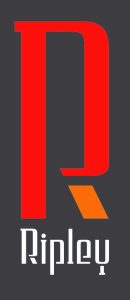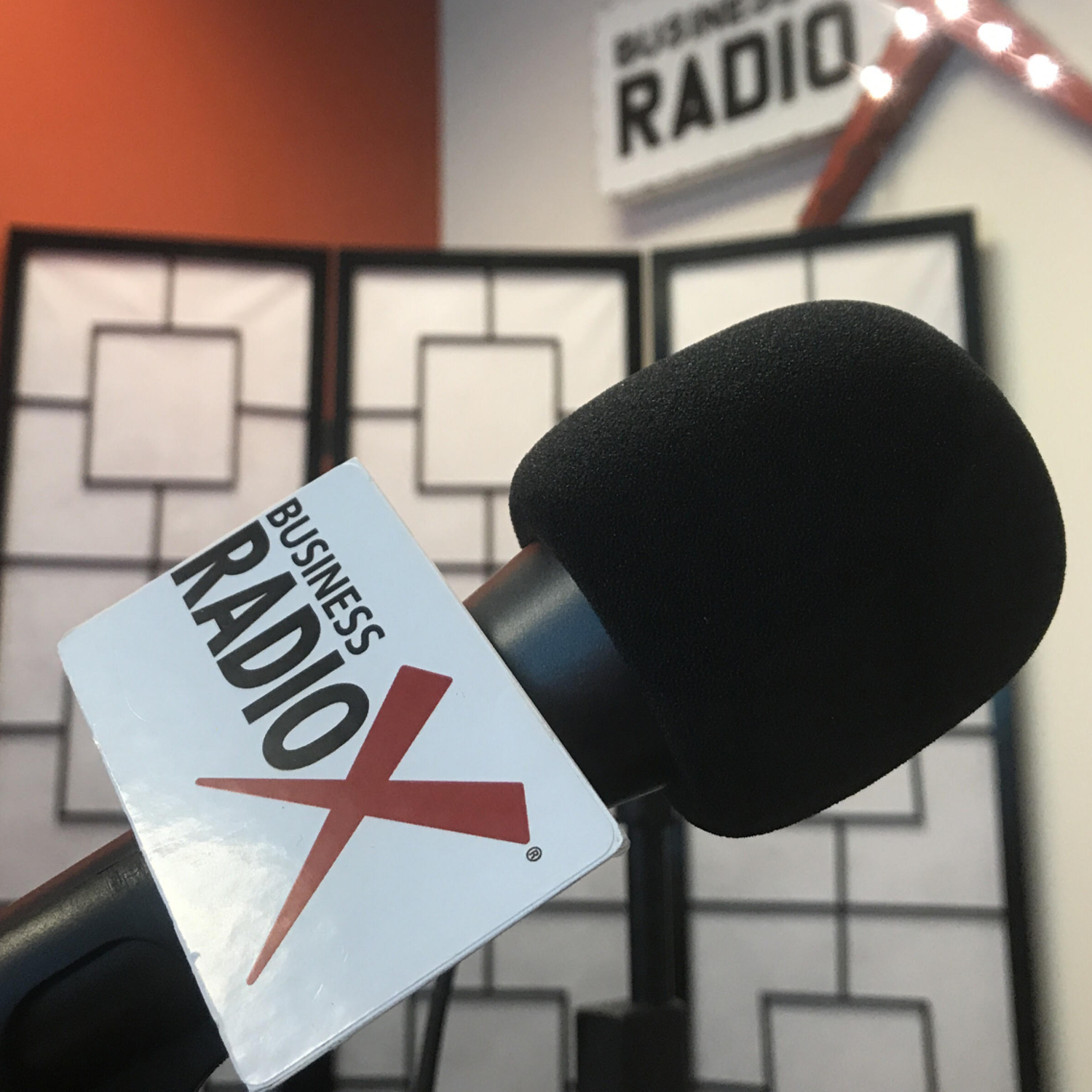
BRX Pro Tip: Stop Worrying
Stone Payton: And we are back with Business RadioX Pro Tips. Lee Kantor and Stone Payton here with you. Lee, two words for today, stop worrying.
Lee Kantor: Yeah. Worrying doesn’t help anybody. Eckhart Tolle says that worrying pretends to be necessary, but serves no useful purpose. People who invest time worrying aren’t taking action on improving their situation. And most of the stuff that people worry about never, ever happens.
Lee Kantor: In a bad situation, you can only do one of three things, you can make some sort of change, you can leave, or you can accept what is happening. Worrying doesn’t change any of those things in the present or in the future, so stop doing it.


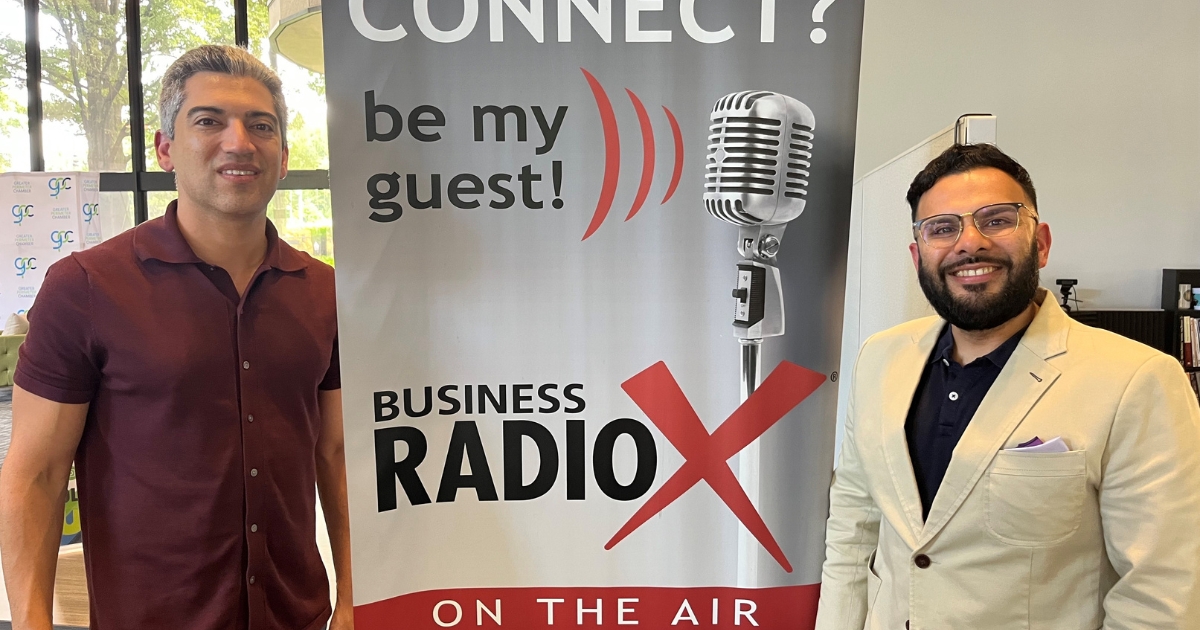
 Krish Chopra is a serial entrepreneur, investor, and the founder & CEO of
Krish Chopra is a serial entrepreneur, investor, and the founder & CEO of 
 Christy Renee Stehle is a
Christy Renee Stehle is a  Joshua Kornitsky is a fourth-generation entrepreneur with deep roots in technology and a track record of solving real business problems. Now, as a Professional EOS Implementer, he helps leadership teams align, create clarity, and build accountability.
Joshua Kornitsky is a fourth-generation entrepreneur with deep roots in technology and a track record of solving real business problems. Now, as a Professional EOS Implementer, he helps leadership teams align, create clarity, and build accountability.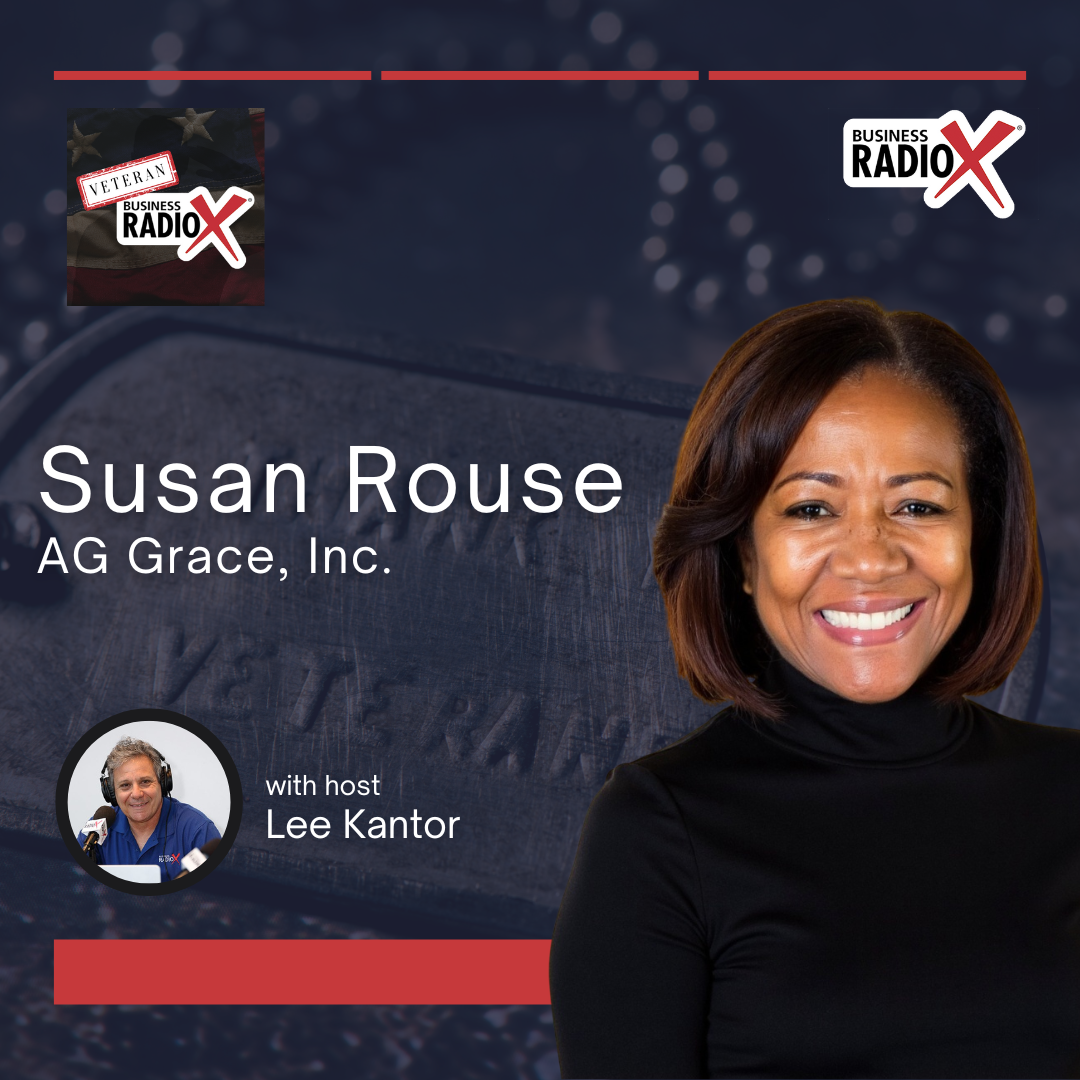

 Susan Rouse is a highly accomplished professional with extensive experience in both the IT Services and Health Services industries.
Susan Rouse is a highly accomplished professional with extensive experience in both the IT Services and Health Services industries.
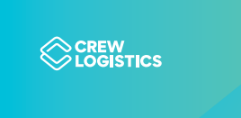
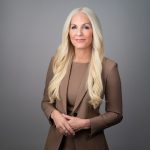 Andrea Tsakanikas is the founder and CEO of
Andrea Tsakanikas is the founder and CEO of 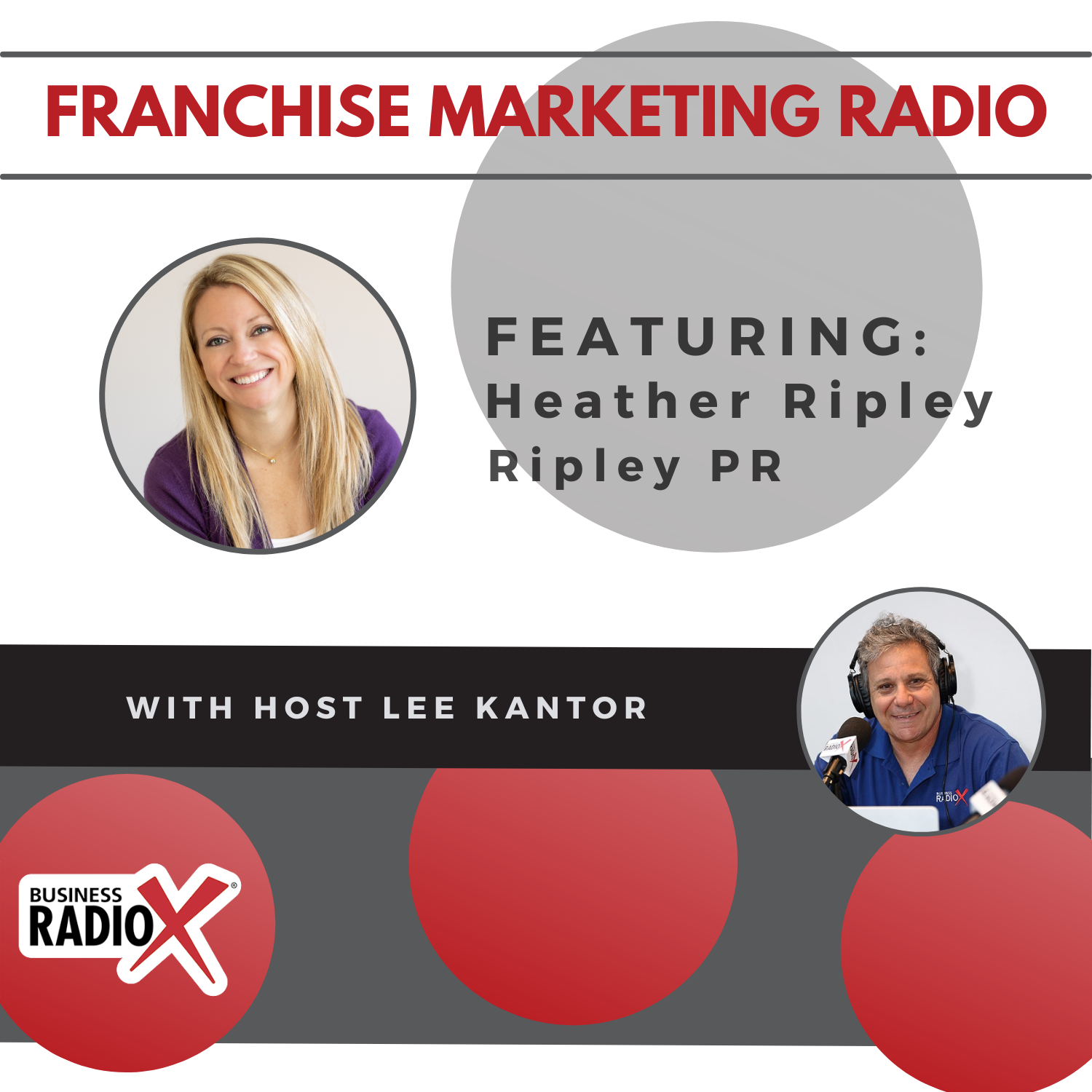
 Heather Ripley is founder and CEO of Ripley PR, an elite, global public relations agency specializing in the franchising, skilled trades and B2B tech industries.
Heather Ripley is founder and CEO of Ripley PR, an elite, global public relations agency specializing in the franchising, skilled trades and B2B tech industries.